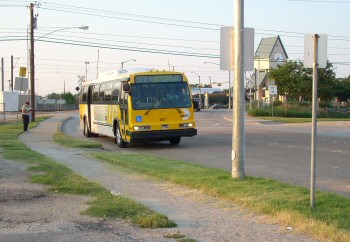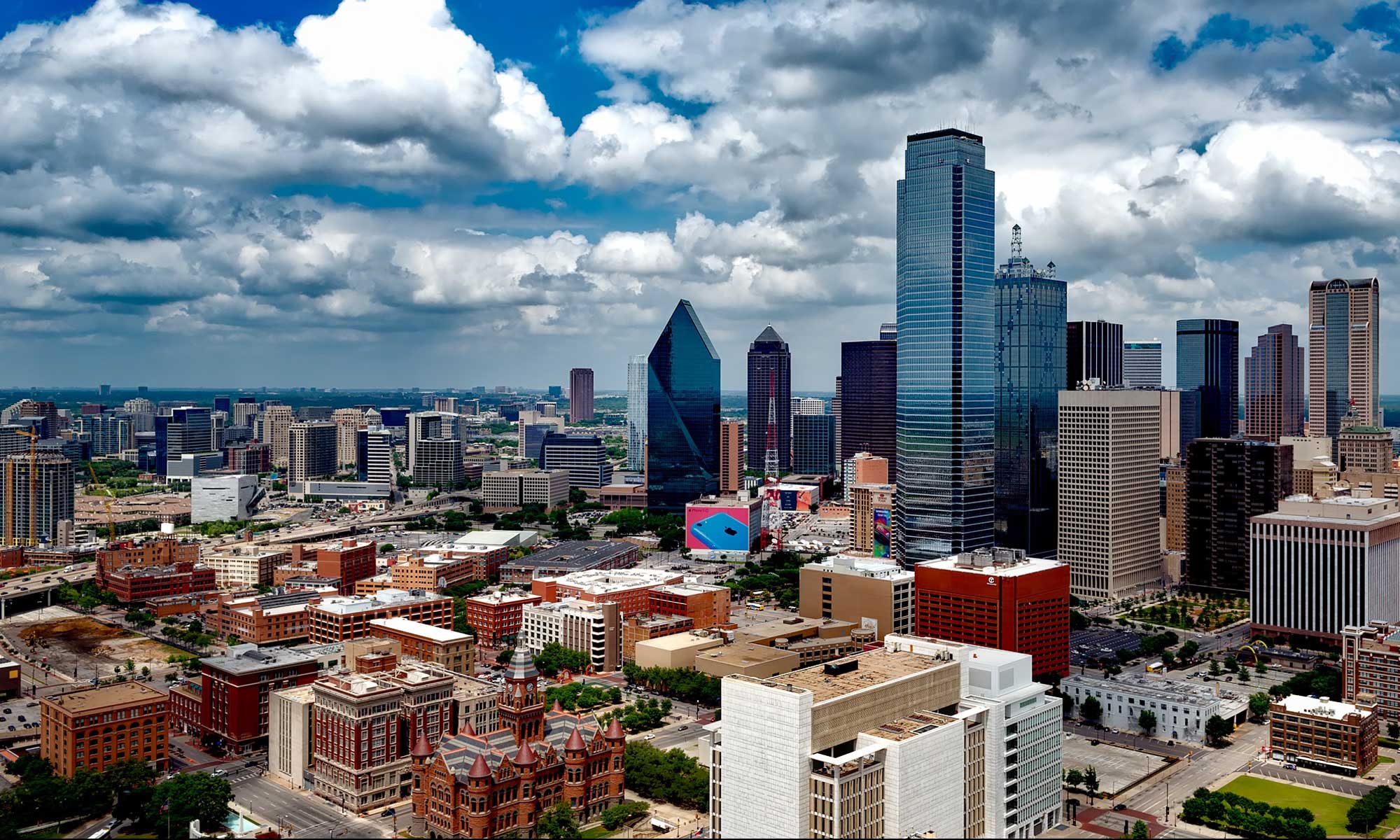Let’s talk transportation. No matter when you decide to come to Dallas, you’re going to have to get around somehow. Sure, I could take you places, but you’d probably get tired of me real quick, and I have to admit that the best I have to offer is a Ford Focus. It’s a nice little car, and I’ve only got one more payment till it’s mine, but there’s not that much space inside and you don’t want to trust your luggage and goodies to the trunk. It doesn’t quite shut these days. As with so many other things, something went wrong during my recent move — and the less said about that, the better. Let’s just say that my poor old car got a lot more of a workout than I bargained for.
If my Focus doesn’t sound too exciting, you can always rent a car — but that’s tremendously expensive. If you’re rather spend your hard-earned money in a more enjoyable way, your best and cheapest option is to use public transport, though of course it does expose you whatever outrageous weather conditions we’re suffering through at any particular time. Let me give you a warning: don’t depend on taxis. While the D/FW Metroplex is indeed huge and heavily populated, it’s not concentrated the way that, say, New York City is. Things are usually farther apart than you’d expect. For example, it once cost me $40 in cab fare to go from Reunion Tower train station in downtown Dallas to my home in Richardson, a distance of about ten miles. And that was more than a decade ago.
In the intervening years, thank goodness, the local area’s gotten serious about DART — that is, the Dallas Area Rapid Transit system. For the first time since the oil and auto companies paid off the politicians to rip up the trolley lines in the early part of the 20th century, we now have a decent, inexpensive public transport system.
Although DART comes in a variety of flavors, the most obvious are its buses and its trains. Today I’m gonna talk about the buses. Here’s one in action:

Big, yellow-and-white, and loud. You can’t miss them; they’re all over. The fares are minimal: $1.25 for a single ride, or $2.50 for a day pass. If you’re planning to stay for a while, a monthly pass might be a good idea. It costs $40. There are a lot of different bus routes, and they can get you just about anywhere in 13 different towns and cities, with connections to more, especially if you don’t mind it taking a while. Route schedules can be found online at http://www.dart.org/schedules/schedules.asp, or you can grab one at a transit station. All the DART communities have at least one.
How do the DART buses rate? They’re pretty nice, if you ask me. I also have experience with the New Orleans and Honolulu bus systems, and DART’s right up there with them. The buses tend to be newer, of course, since DART’s newer. They’re clean, wonderfully air-conditioned, and there’s a place where you can hook your bike to the front if you get tired of riding in the heat and decide to go the DART route. Oh, and they make wonderful traveling billboards — every single one is plastered with huge ads. Heck, that’s where I usually find out which movies are coming out, since I rarely watch TV anymore.
Well, enough rhapsodizing about buses. Next time I’ll tell you about the DART trains, my direct association with them, and how the bureaucracies of a lot of the little outlying cities made themselves look like idiots when they decided to try to block the train lines.
